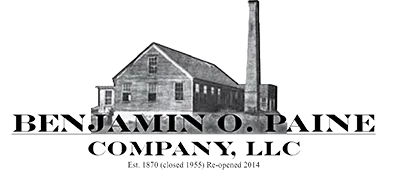
The Amphidrome® system is a BNR process utilizing a submerged attached growth bioreactor operating in a batch mode. The deep bed sand filter is designed for the simultaneous removal of soluble organic matter, nitrogen and suspended solids within a single reactor.
To achieve simultaneous oxidation of soluble material, nitrification and denitrification in a single reactor, the process must provide aerobic and anoxic environments for the two different populations of microorganisms. The Amphidrome® system utilizes two tanks and one submerged attached growth bioreactor, subsequently called Amphidrome® reactor. The first tank, the anoxic/equalization tank, is where the raw wastewater enters the system. The tank has an equalization section, a settling zone, and a sludge storage section. It serves as a primary clarifier before the Amphidrome® reactor.
This Amphidrome® reactor consists of the following three items: underdrain, support gravel, and filter media. The underdrain, constructed of steel, is located at the bottom of the reactor. It provides support for the media and even distribution of air and water into the reactor. The underdrain has a manifold and laterals to distribute the air evenly over the entire filter bottom. The design allows for both the air and water to be delivered simultaneously, or separately, via individual pathways to the bottom of the reactor. As the air flows up through the media, the bubbles are sheared by the sand producing finer bubbles as they rise through the filter. On top of the underdrain is 18” (five layers), of four different sizes of gravel. Above the gravel is a deep bed of coarse, round, silica sand media. The media functions as a filter; significantly reducing suspended solids, and provides the surface area for which an attached growth biomass can be maintained.
To achieve the two different environments required for the simultaneous removal of soluble organics and nitrogen, aeration of the reactor is intermittent rather than continuous. Depending on the strength and the volume of the wastewater, a typical aeration scheme may be three to five minutes of air and ten to fifteen minutes without air. Concurrently, return cycles are scheduled every hour, regardless of the aeration sequence. During a return, water from the clear well is pumped back up through the filter and overflows into the return flow/backwash pipe. A check valve in the influent line prevents the flow from returning to the anoxic/equalization tank, via that route. The return flow/backwash is set at a fixed height above both the media and the influent line; and the flow is by gravity back to the front of the anoxic/equalization tank.
The cyclical forward and reverse flow of the waste stream, and the intermittent aeration of the filter, achieve the required hydraulic retention time and create the necessary aerobic and anoxic conditions to maintain the required level of treatment.
